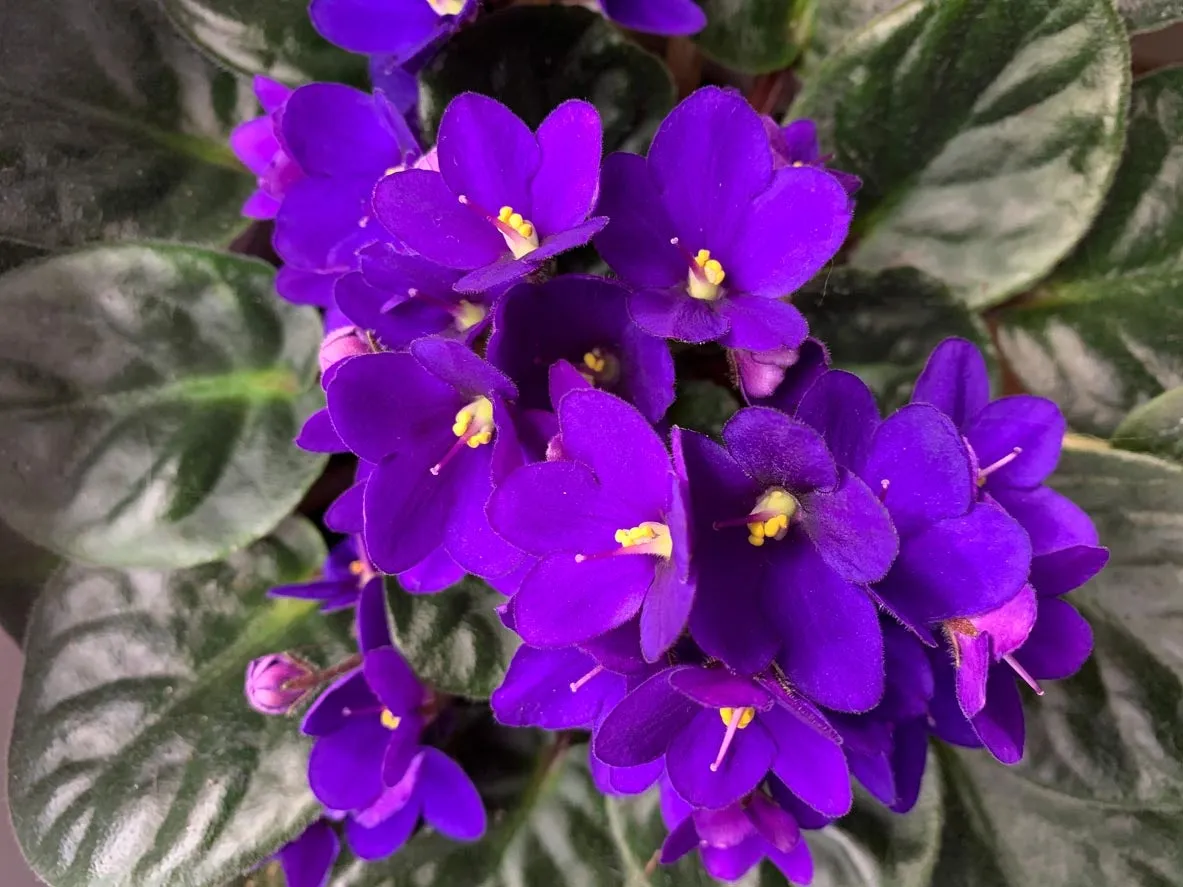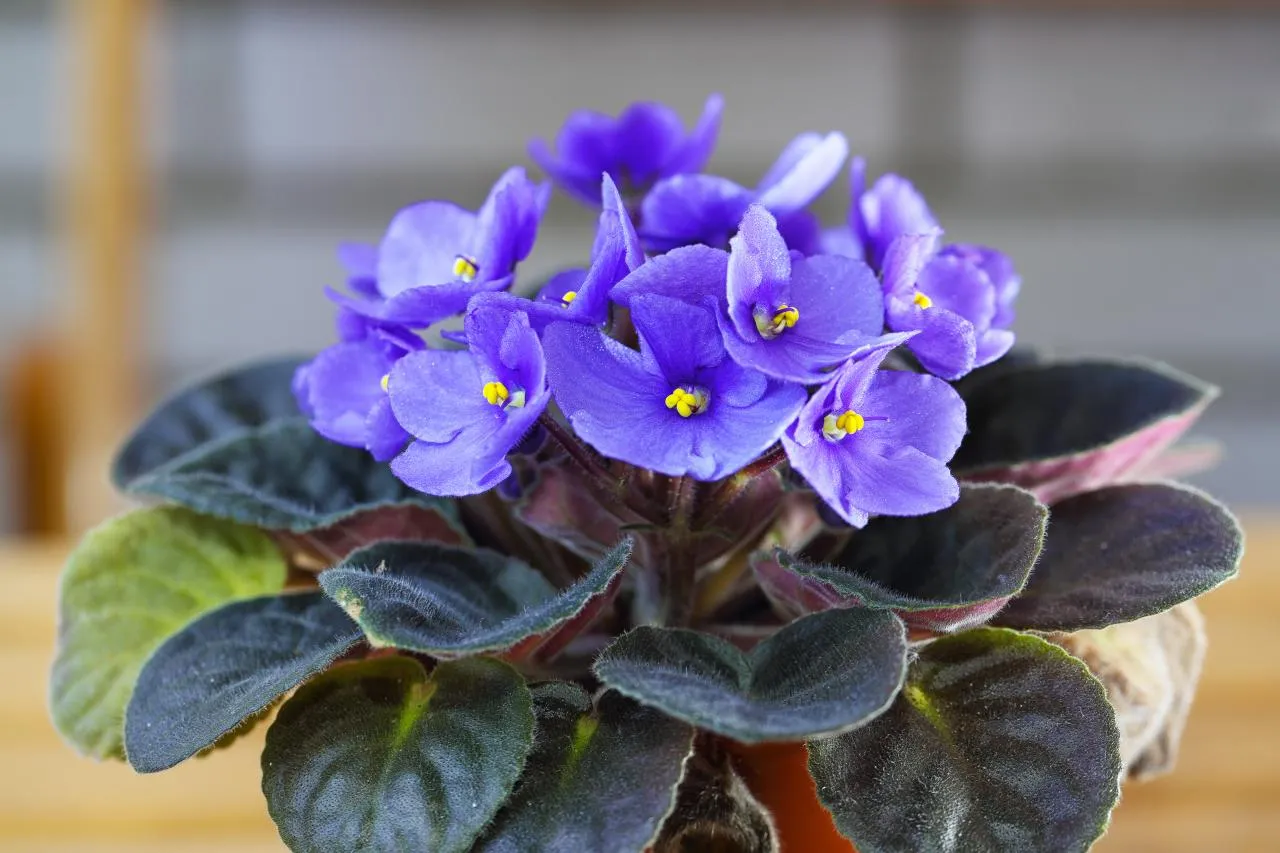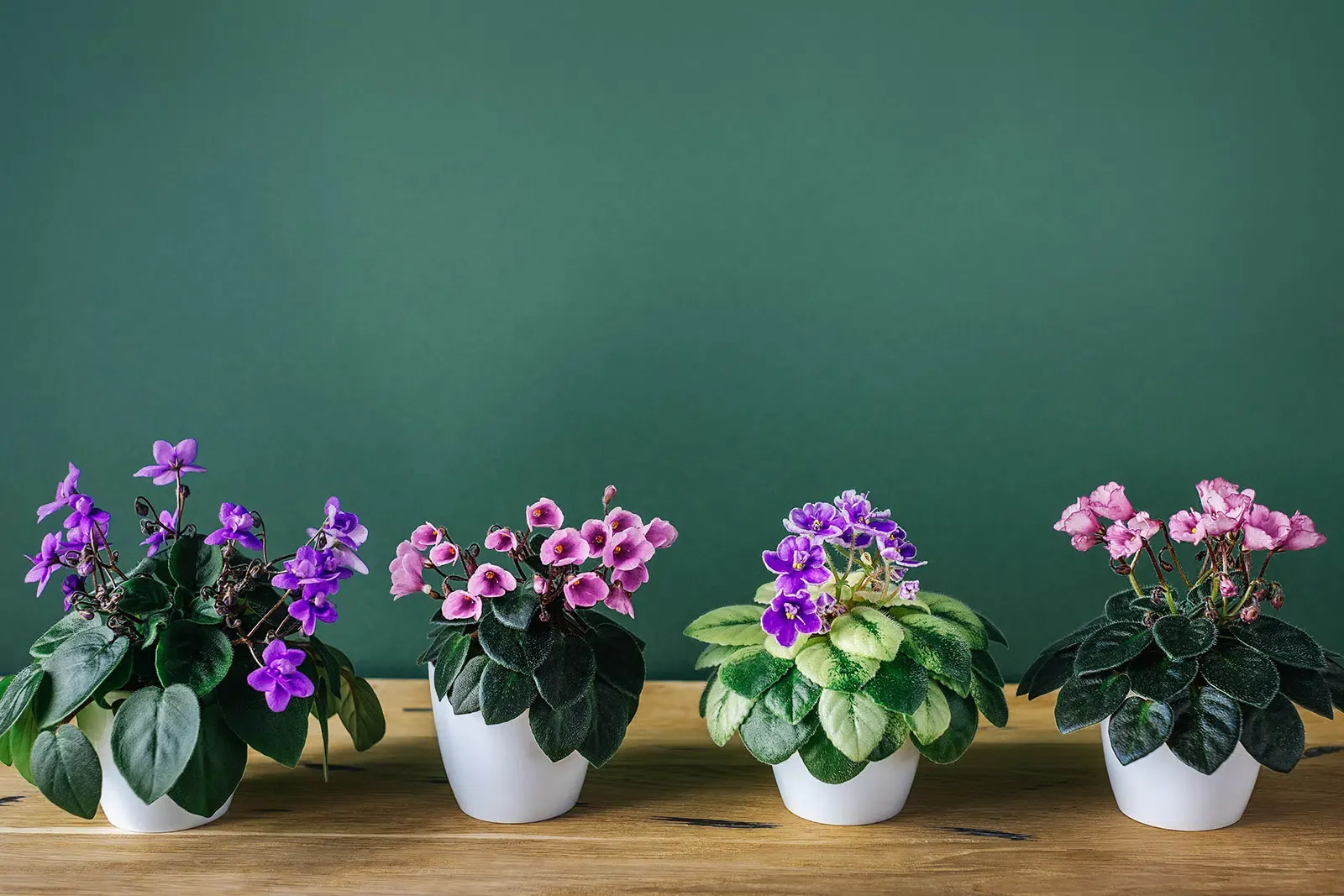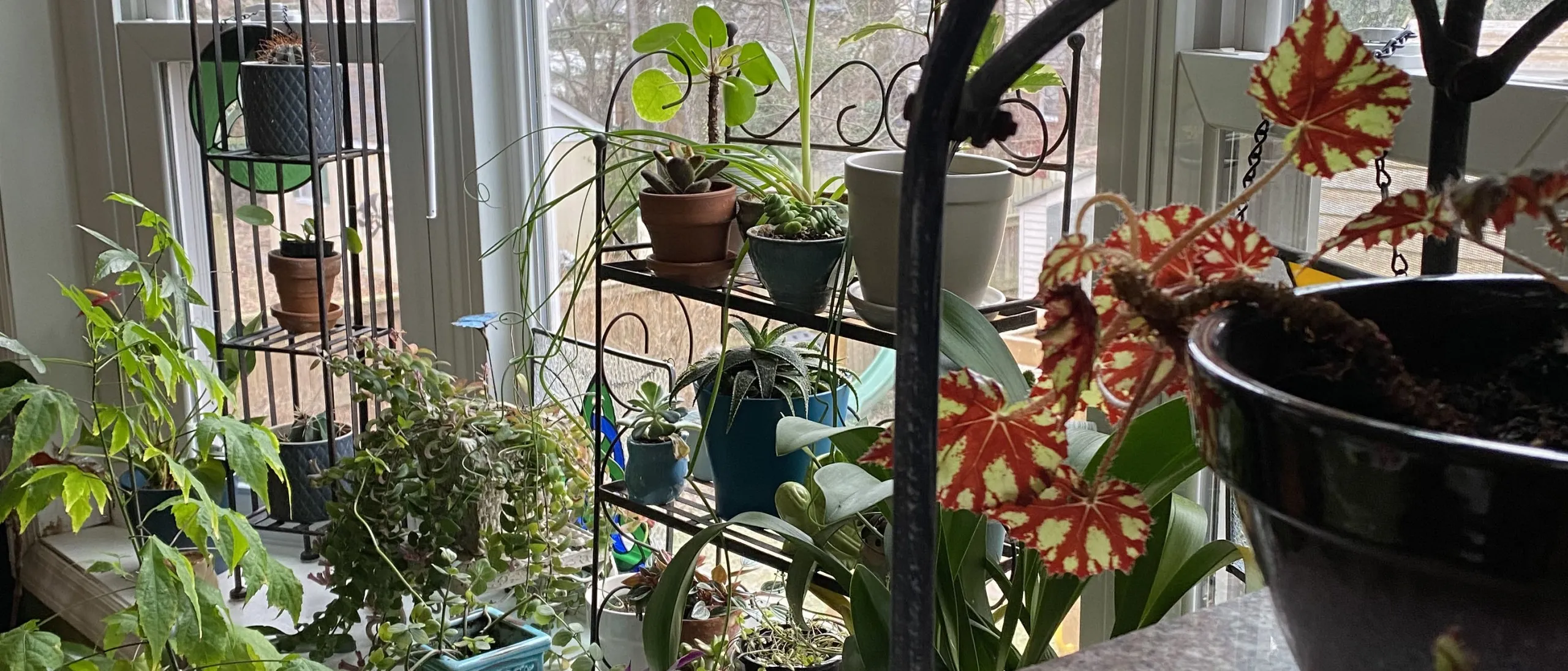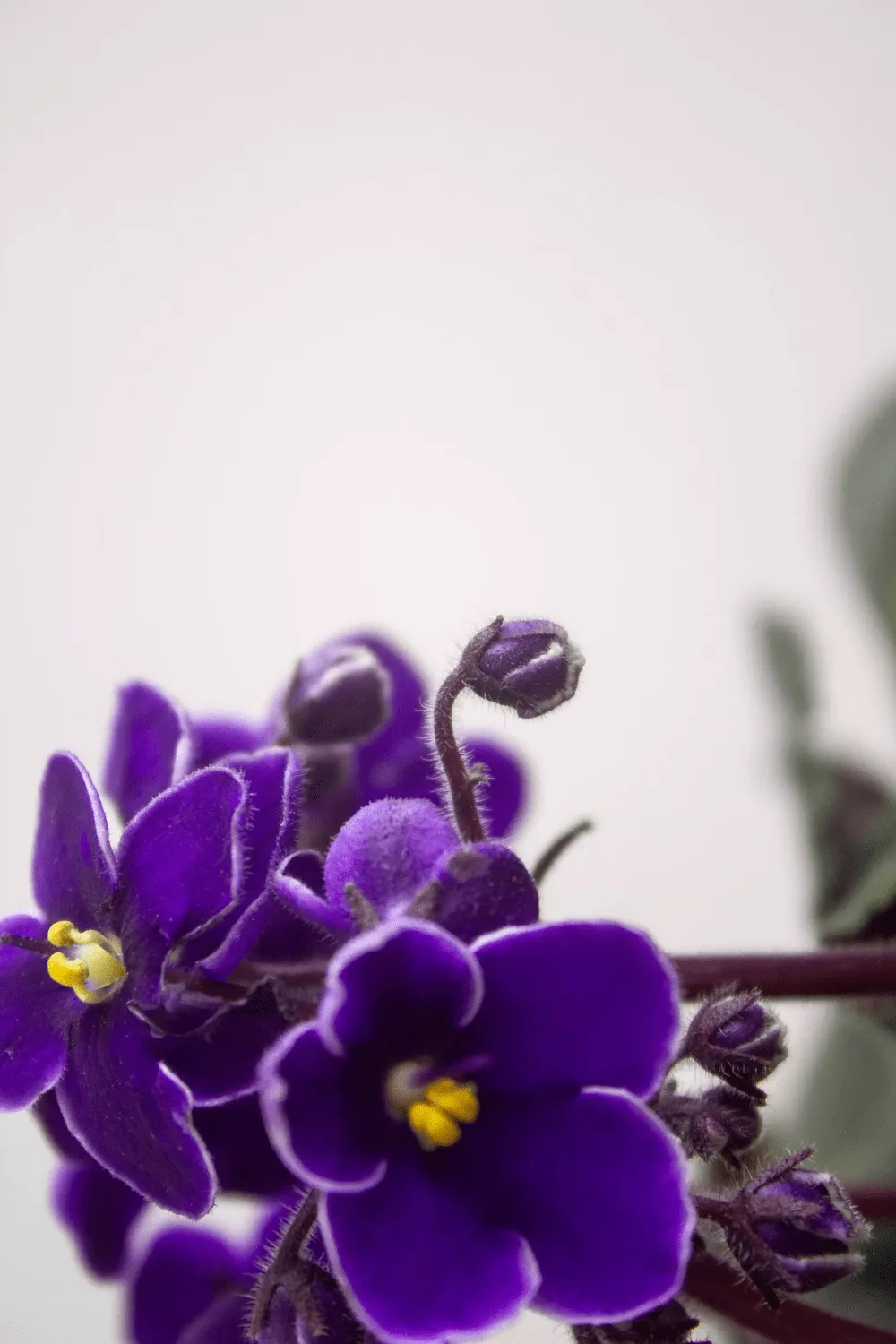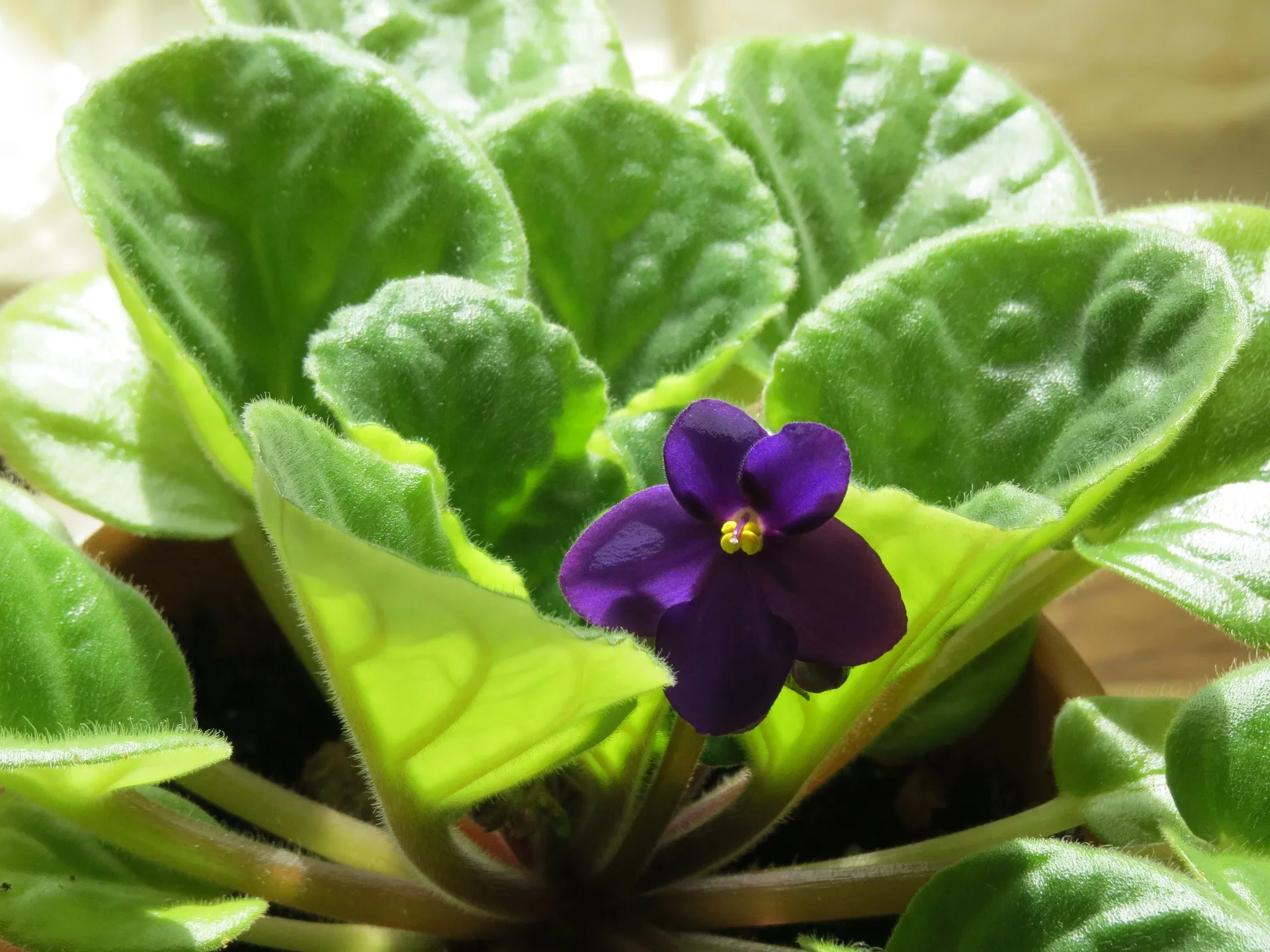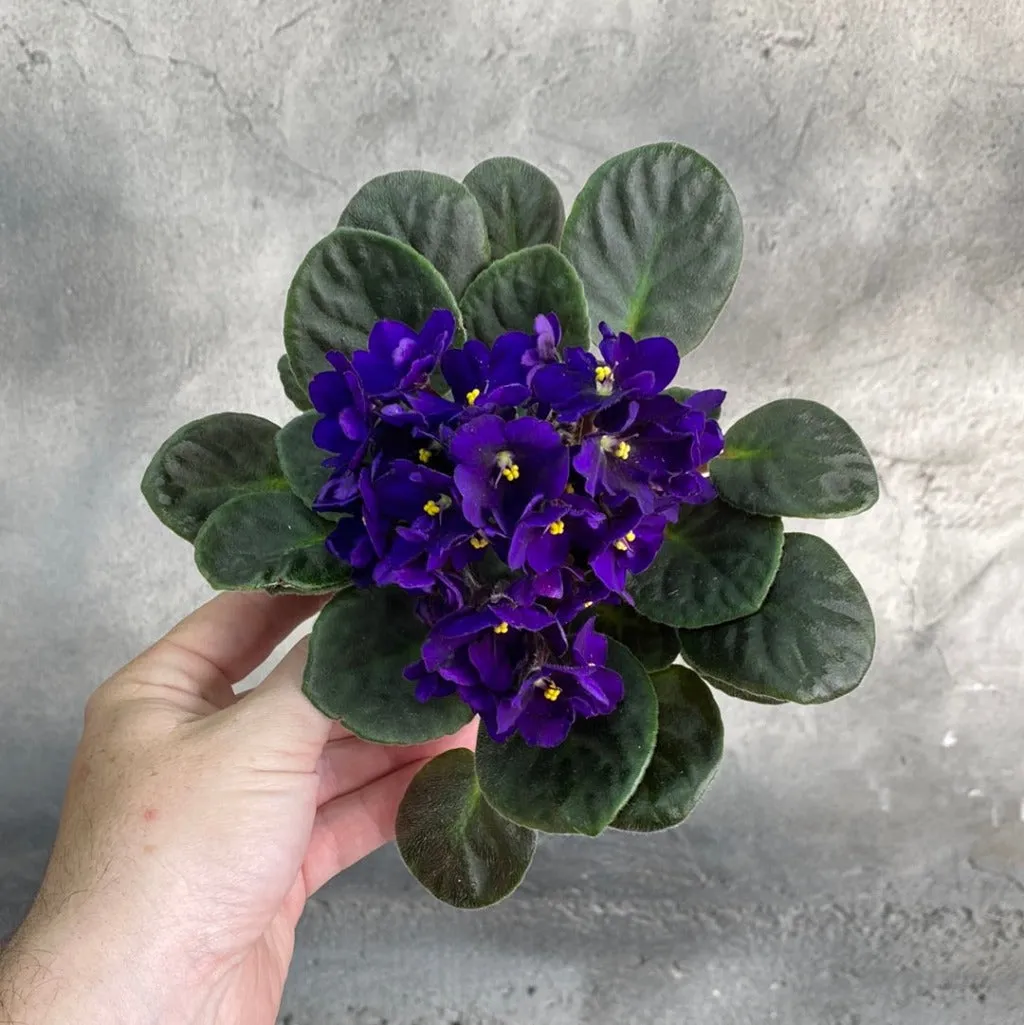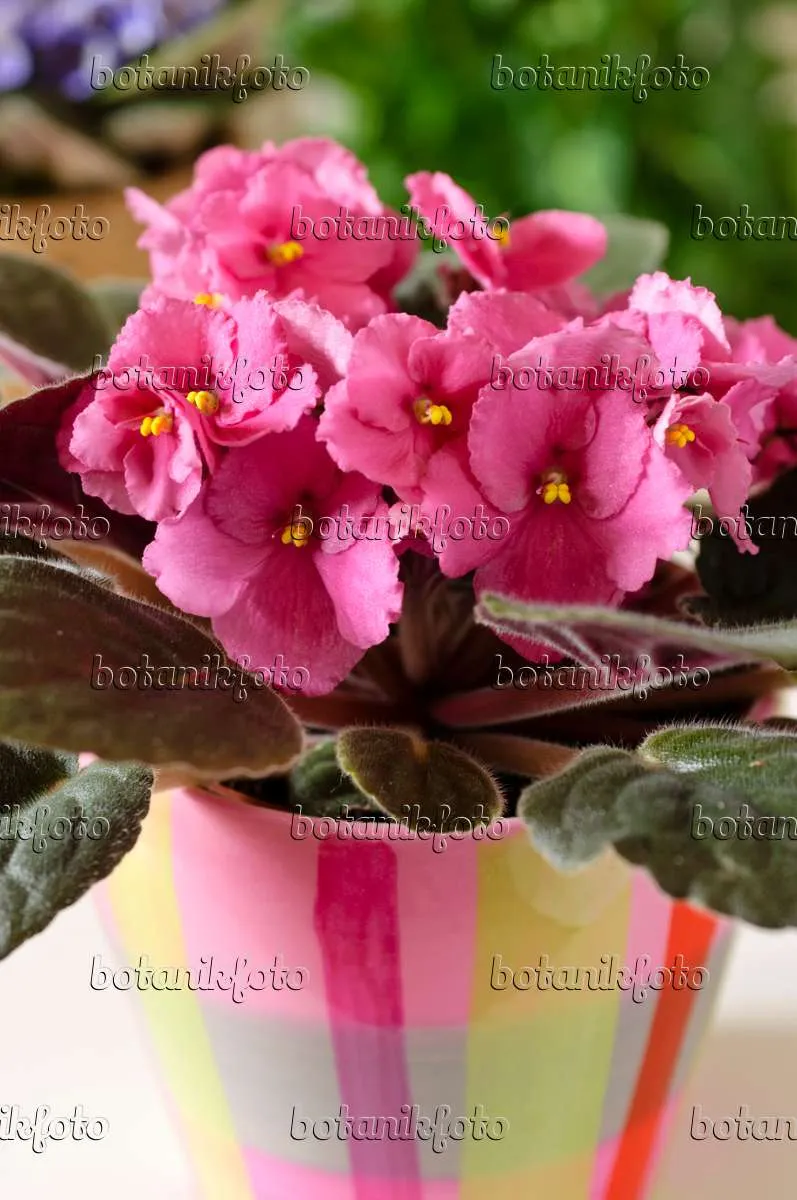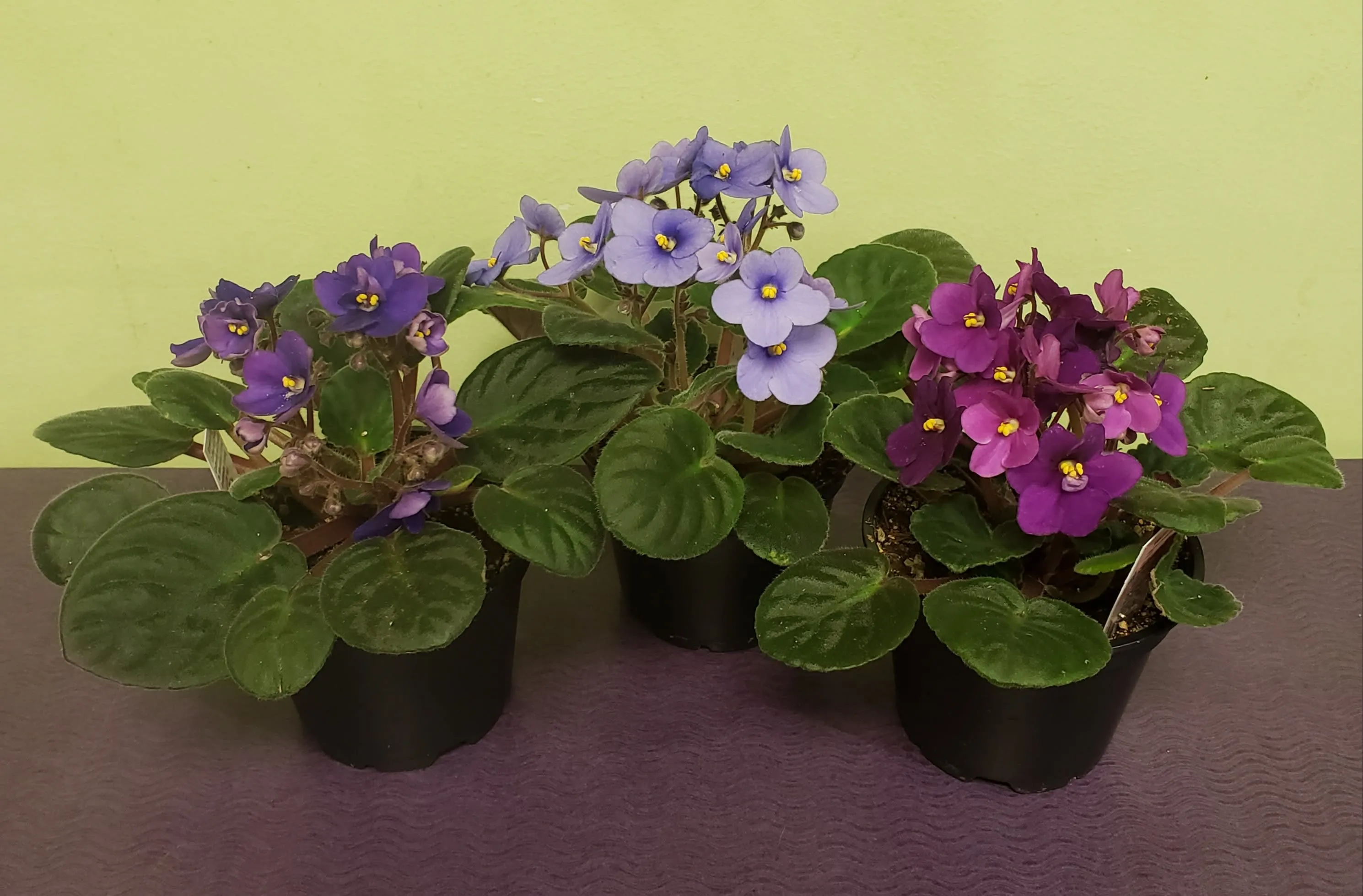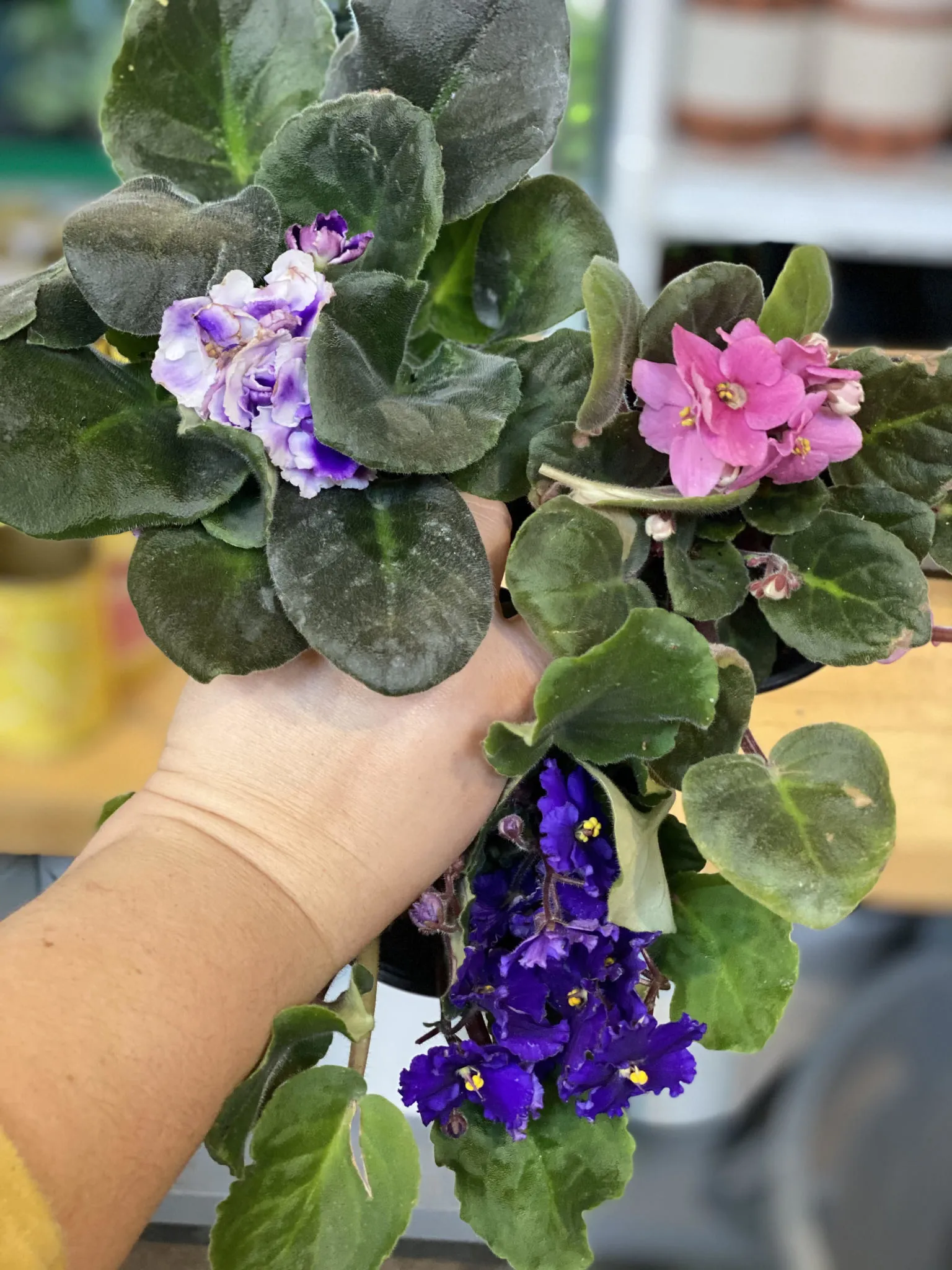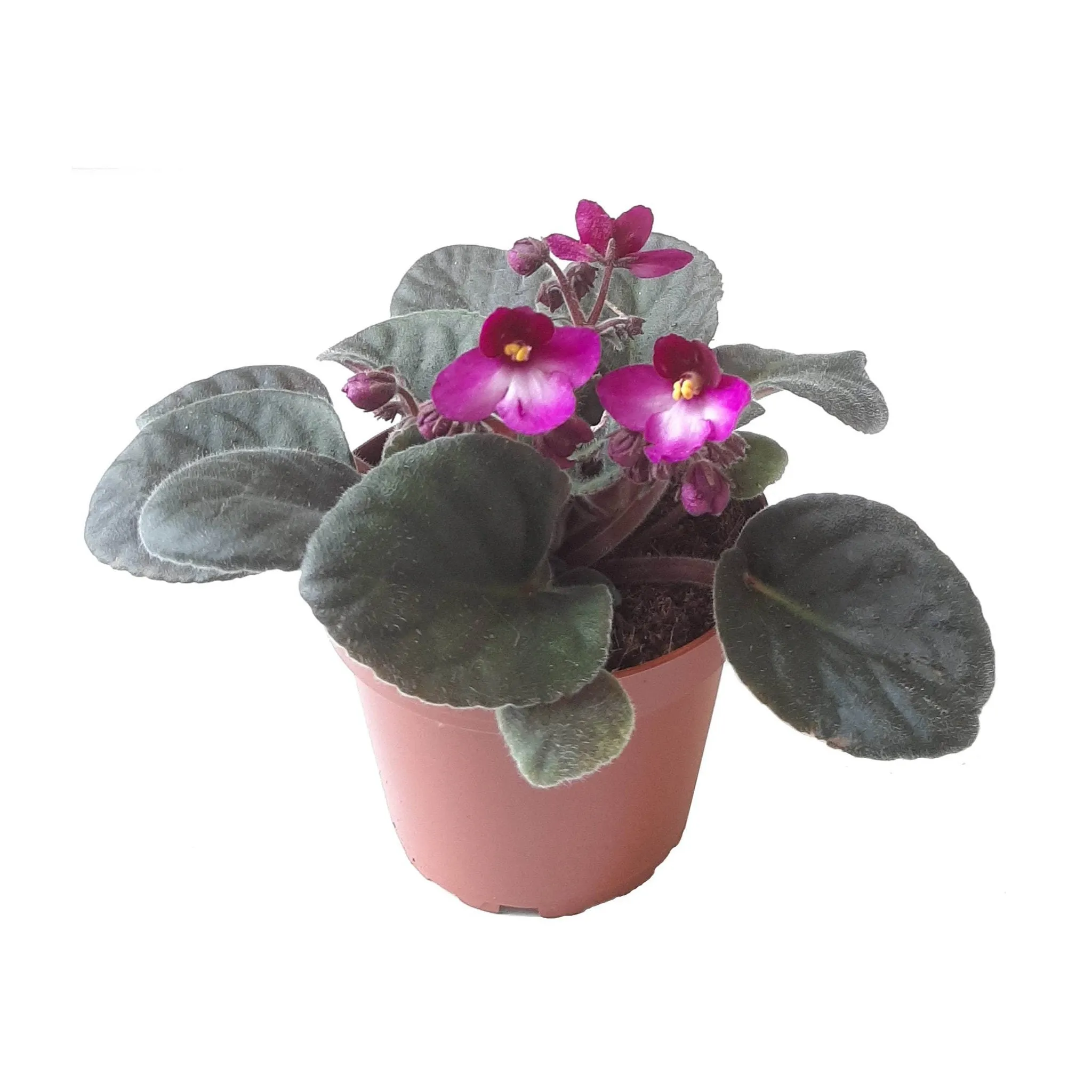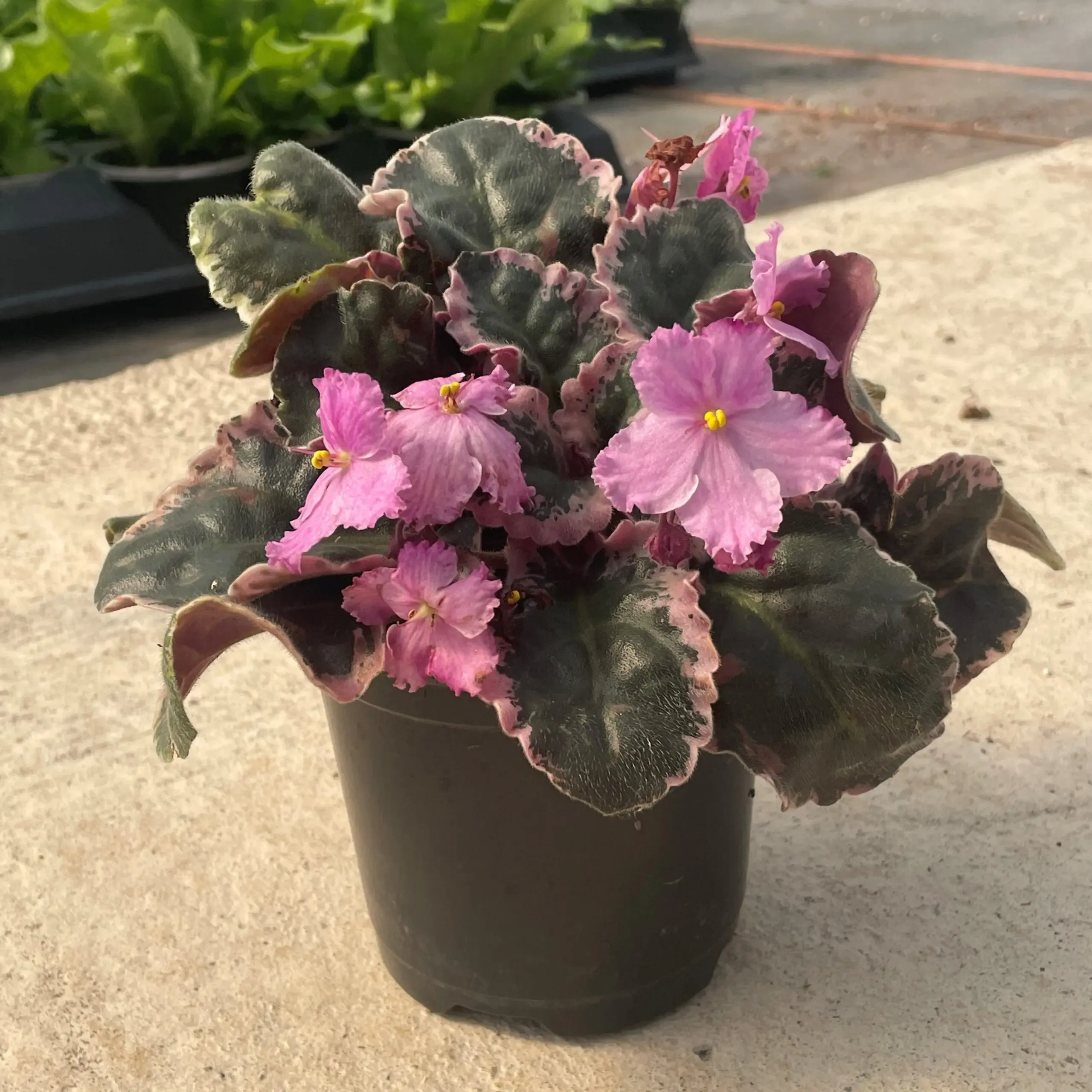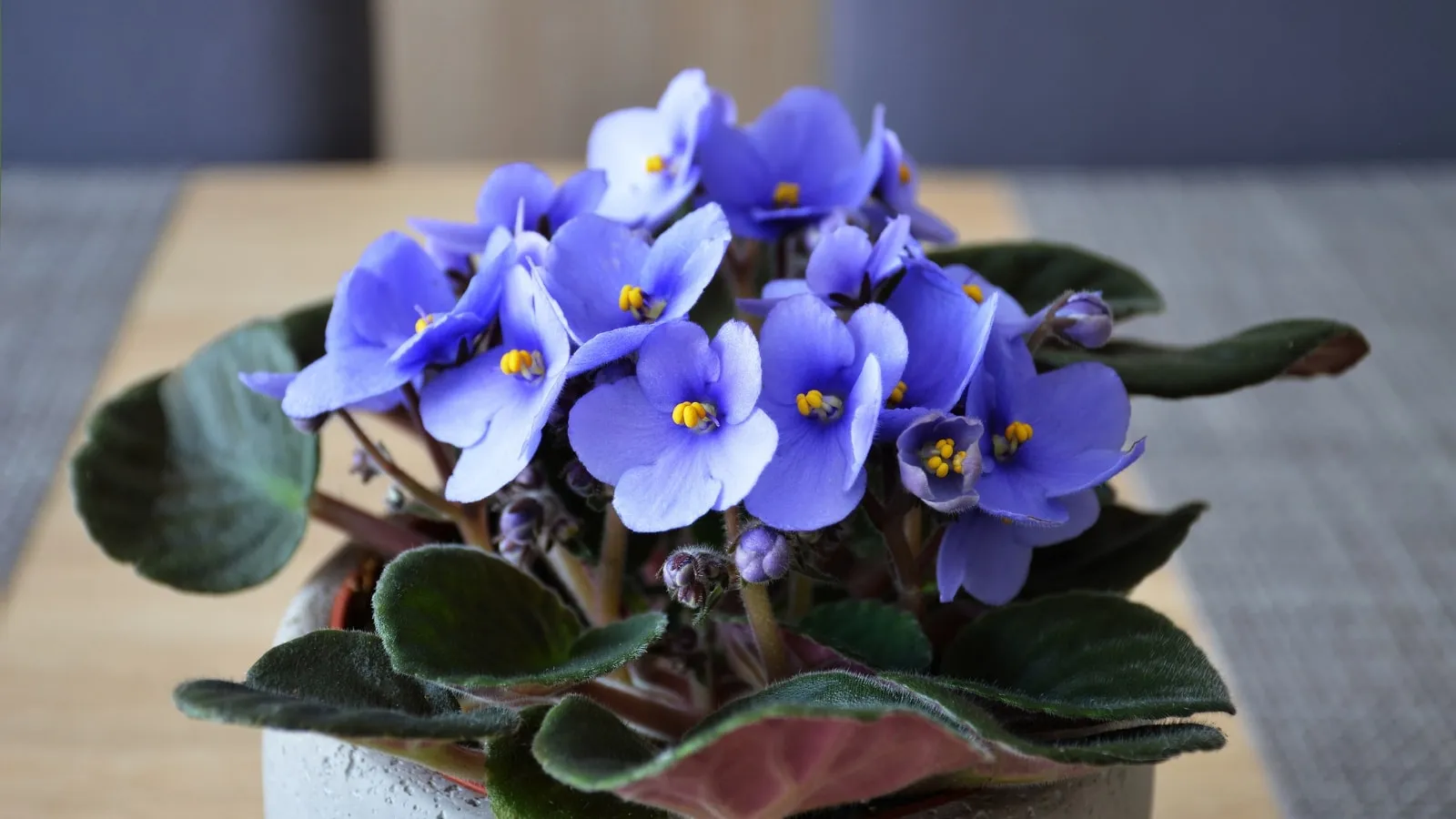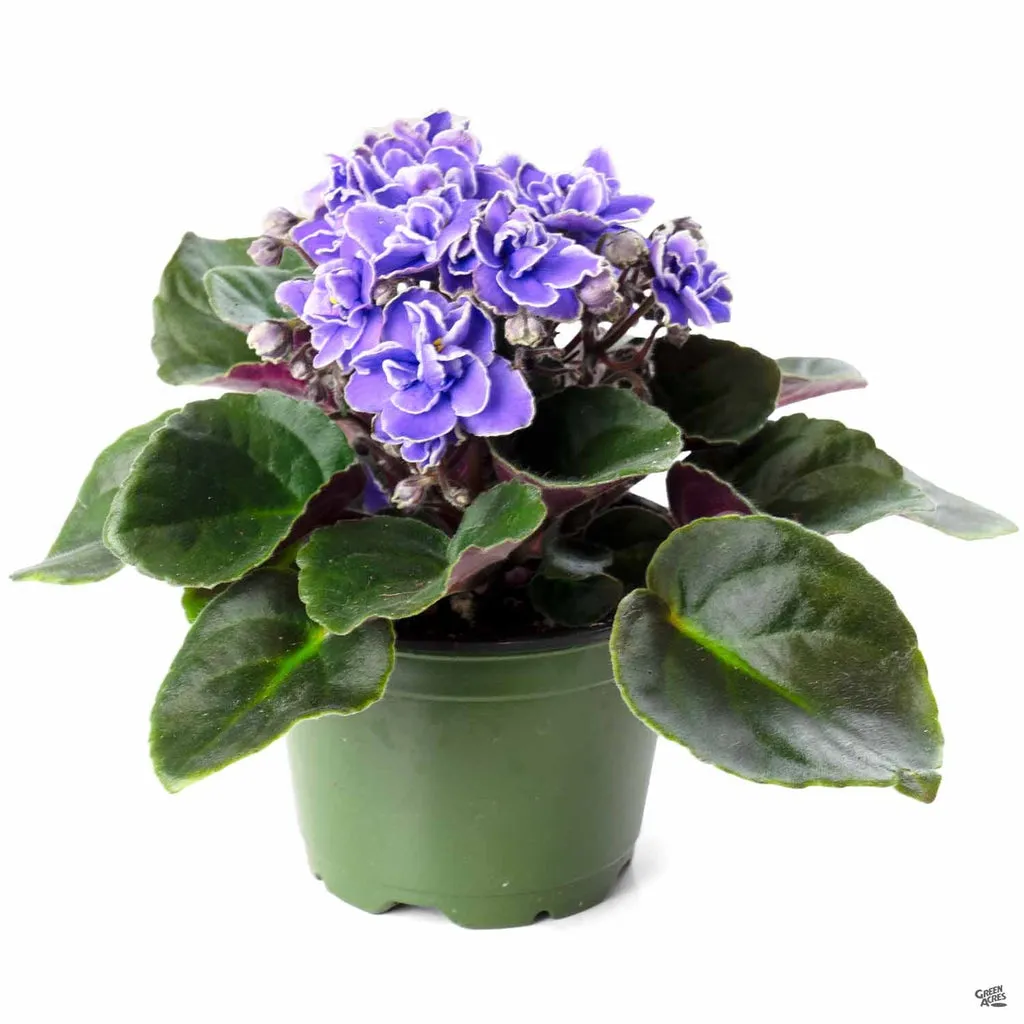African Violet: A Beautiful and Popular Houseplant
Houseplants have been a popular way to add beauty and life to our homes for many years. They not only enhance the décor of our homes but also provide a sense of calmness and relaxation. One of the most popular houseplants that has been captivating plant lovers for generations is the African Violet. African Violets are a type of flowering plant that is native to Tanzania and Kenya. They are members of the Gesneriaceae family and are known for their beautiful flowers and velvet-like leaves. These plants are easy to care for, making them a great choice for both beginners and experienced gardeners. In this article, we will explore the African Violet in detail, including its history, types, care requirements, and tips for growing and propagating this beautiful plant.
History of African Violet
The African Violet was discovered in Tanzania in 1892 by Baron Walter von Saint Paul-Illaire, a German colonial official. He was struck by the plant's beauty and decided to take some samples back to Germany. The plant quickly gained popularity, and by the early 1900s, it had become a popular houseplant in Europe. In the 1920s, African Violets were introduced to the United States, and they quickly became a hit with plant enthusiasts. Today, African Violets are one of the most popular houseplants worldwide, with hundreds of varieties available.
Types of African Violet
African Violets come in a wide range of colors and varieties, making them a great choice for any home décor. Here are some of the most popular types of African Violets: - Standard African Violet: This is the most common type of African Violet. It has a single rosette of leaves and produces flowers on long stems. - Trailing African Violet: This type of African Violet has a trailing habit, with leaves that grow outward and down. It is a great choice for hanging baskets. - Miniature African Violet: As the name suggests, this type of African Violet is much smaller than the standard variety. It produces tiny flowers on short stems and is a great choice for small spaces. - Semi-miniature African Violet: This is a larger version of the miniature African Violet. It produces slightly larger flowers on slightly longer stems. - Double-flowered African Violet: This type of African Violet produces flowers with double petals, giving them a fuller, more dramatic appearance. - Variegated African Violet: This type of African Violet has leaves with variegated patterns, making them a great choice for adding some color and texture to your home décor.
Care Requirements for African Violet
African Violets are relatively easy to care for, making them a great choice for both beginners and experienced gardeners. Here are some of the care requirements for African Violets:
Light
African Violets prefer bright, indirect light. They should be placed near a window that receives filtered sunlight, or under a grow light. Direct sunlight can burn the leaves of African Violets, so it is important to avoid placing them in direct sunlight.
Watering
African Violets prefer to be kept moist but not wet. They should be watered from the bottom, by placing the pot in a saucer of water and allowing it to absorb water for about 30 minutes. The soil should be allowed to dry out slightly between waterings.
Soil
African Violets prefer well-draining soil that is rich in organic matter. A good potting mix for African Violets should contain peat moss, vermiculite, and perlite.
Fertilizer
African Violets should be fertilized regularly with a balanced fertilizer that is high in phosphorus. Fertilizer should be applied every two weeks during the growing season and every four weeks during the dormant season.
Humidity
African Violets prefer high humidity levels. They can be placed on a tray of pebbles filled with water to increase humidity levels around the plant.
Tips for Growing and Propagating African Violet
Here are some tips for growing and propagating African Violets:
Growing African Violet
- African Violets should be repotted every 6 to 12 months to ensure they have enough room to grow.
- To encourage bushy growth, pinch off the tips of the stems.
- To encourage flowering, ensure that the plant is receiving enough light and is not overwatered.
Propagating African Violet
- African Violets can be propagated from leaf cuttings or offsets.
- To propagate from leaf cuttings, cut a healthy leaf with a stem attached and place it in a pot filled with moist potting soil. Keep the soil moist and the cutting in bright, indirect light until roots and new growth appear.
- To propagate from offsets, gently remove the offset from the parent plant and plant it in a pot filled with moist potting soil. Keep the soil moist and the plant in bright, indirect light until new growth appears.
Conclusion
African Violets are a beautiful and popular houseplant that is relatively easy to care for. With their wide range of colors and varieties, they are a great choice for any home décor. By following the care requirements and tips outlined in this article, you can enjoy the beauty of African Violets in your home for many years to come.
Frequently asked questions about African Violet wallpapers
What are African Violet pictures?
African Violet pictures are a collection of high-quality photos of African Violets, a popular houseplant known for its beautiful and colorful flowers.
Can I download African Violet pictures for free?
Yes, all of the African Violet pictures on our website are available for free download.
What file types are available for African Violet pictures?
You can download African Violet pictures in three different file types: .jpg, .png, and .webp.
What sizes are available for African Violet pictures?
You can choose from a variety of sizes for African Violet pictures, including different widths and heights.
How do I download African Violet pictures?
To download African Violet pictures, simply click on the image you want to download and select your preferred file type and size. Then, click the download button and the image will be saved to your device.
Can I use African Violet pictures for commercial purposes?
Yes, you can use African Violet pictures for commercial purposes. However, you cannot resell or redistribute the images themselves.
Do I need to credit the photographer when using African Violet pictures?
No, you do not need to credit the photographer when using African Violet pictures. However, it is always appreciated if you do.
Can I edit African Violet pictures?
Yes, you can edit African Violet pictures to suit your needs. However, you cannot claim ownership of the original image or use it in a way that implies endorsement by the photographer or our website.
Are the African Violet pictures optimized for mobile devices?
Yes, our website automatically detects the visitor's mobile screen size and chooses the right size for the visitor, ensuring that the African Violet pictures are optimized for mobile devices.
How many African Violet pictures are available on your website?
We currently have 41 African Violet pictures available on our website.




